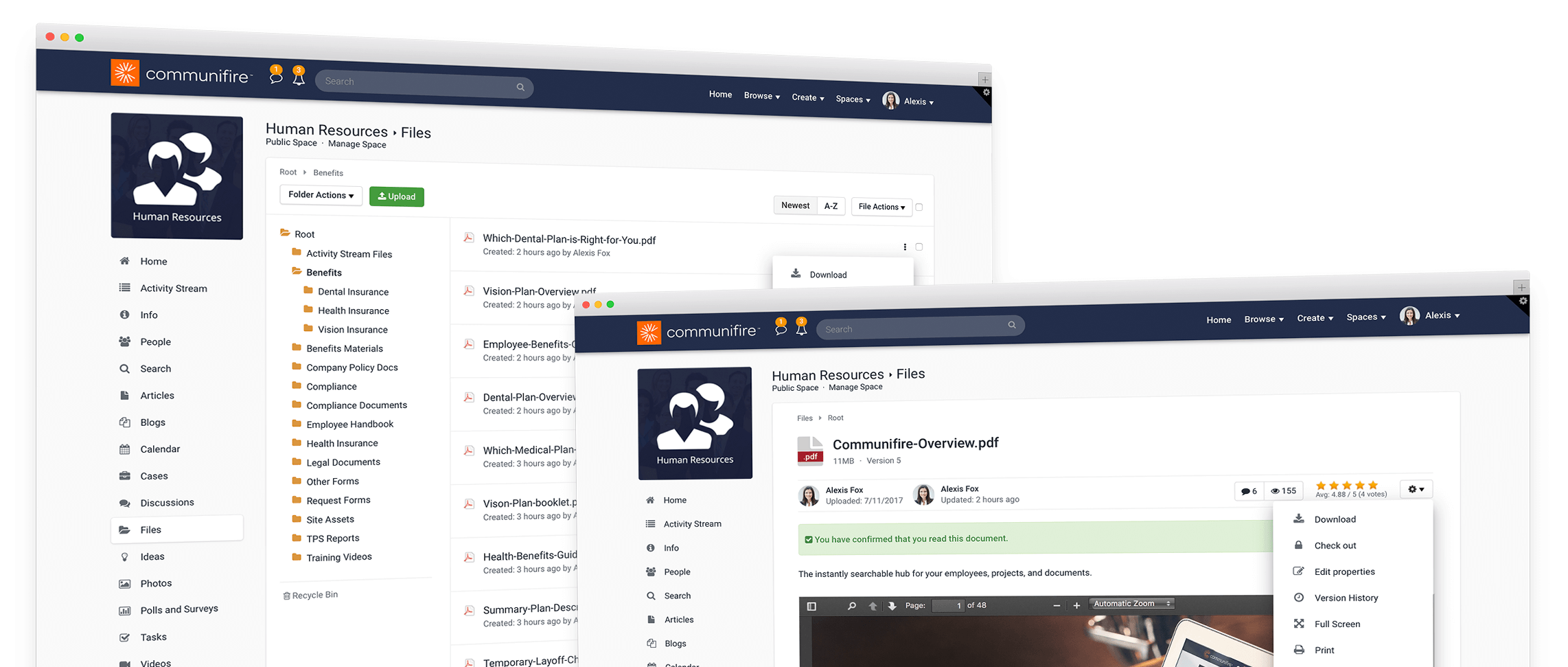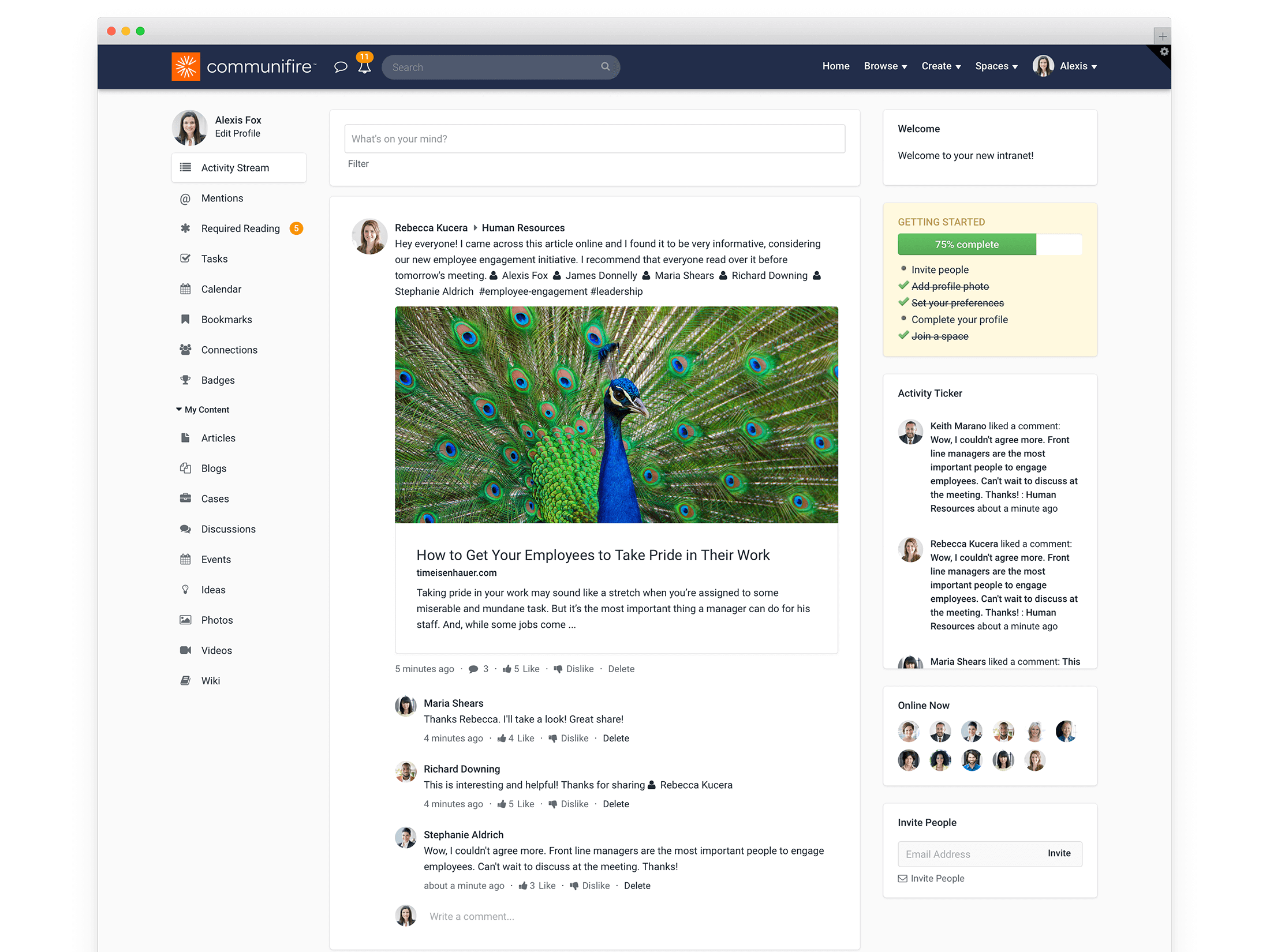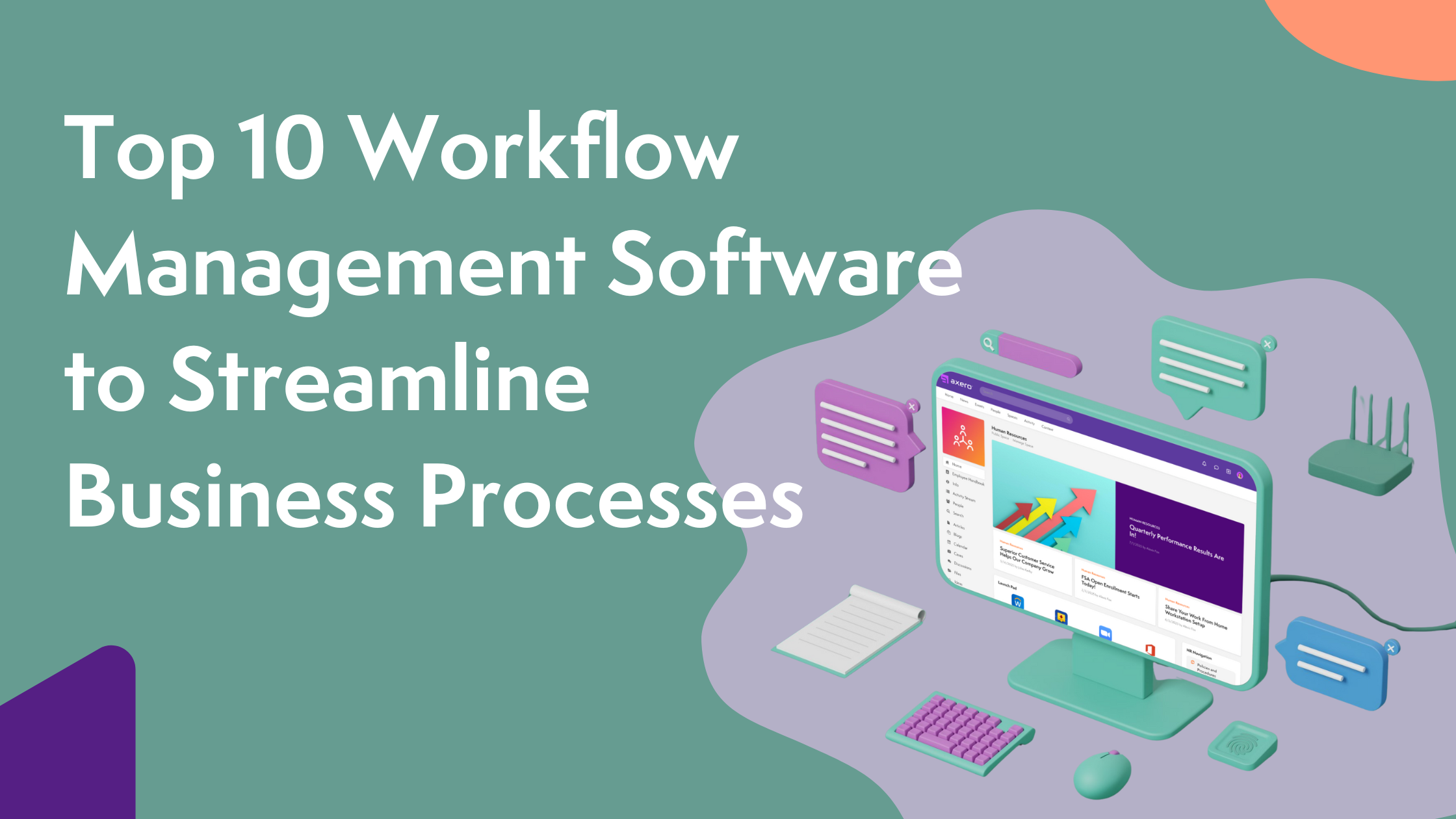Several document management trends have emerged—some have been around for years, and others are fairly new to the world of document management software.
Organizations have moved away from paper documents and are digital. Document management has always been key to business operations, but current methods are vastly different from those of even ten or twenty years ago. Knowledge management software is key, and if your company hasn’t started making the switch, you’re already behind the competition.
Here are the 8 biggest document management trends for 2025.
1. It’s all about the cloud.
When cloud computing gained popularity, people were hesitant to get on board. The technology seemed promising, but how did it work? Years later, it’s clear that the cloud is here to stay.
Cloud computing has revolutionized software and has had a profound impact on document management systems. The cloud ensures that documents are available at anytime, anywhere. With cloud computing, you don’t need to be on a specific computer or in a closed network in order to securely access your files; all you need is internet connection.
Web-based document management also supports scalability, making it a solution for businesses of all sizes. Since it offers ease of access and reduced costs, cloud computing drives the best document management systems.
2. Social integration is essential.
Social media has transformed how we use the internet, communicate, buy things, read news, and so much more. Popular platforms, like Facebook, Instagram, and Twitter, have made it easier than ever to connect with friends and colleagues — replacing email and phone as primary methods of communication.
While the term “social” was once delegated to catching up with friends and family, it’s infused with today’s business world. Social technology has successfully integrated into document management and intranet file sharing systems. Today, you can interact with content—like, comment, tag, and easily search for files. This provides a seamless and engaging process to organize, store, and revise files.
3. Mobile-friendly development is a requirement.
You spend a lot of time throughout the day checking your smartphone or tablet, tools that have streamlined the workday.
Today’s professionals are constantly in motion, and they must have constant access to important files and documents. Document management software needs to be accessible from mobile devices, which usually comes in the form of an intranet mobile app. Accessibility itself isn’t enough, however — the experience must also be user-friendly. As mobile devices continue to increase in popularity, so too does the necessity of mobile-friendly development for your software platform.
4. Customer portals are the way to go.
Just like your employees, your clients are the lifeblood of your organization. Customer satisfaction determines your bottom line. Modern clients tend to be tech-savvy these days, and you can engage them more effectively—and in a way that they expect—through your business technology.
Document management software can do just that, particularly with project management. Documentation can be shared between project managers and clients through customer portals. Customer portals can easily be set up through a company intranet that contains a document management system, among many other knowledge management tools.
Although email has been used for this purpose, social intranet software allows your customers to log in, access documents, and become part of the conversation. They can ask questions, comment on documents that have been uploaded, or download them for themselves. Intranet software strengthens your customer relations, aligning them more closely with your projects while providing ease of use and transparency.
5. Collaboration is increasing.
Many professionals prefer to work alone, claiming to be more productive. While that may be true in certain cases, collaboration generally enhances projects, including document management.
Email has typically been the tool for collaborating on documents. However, email collaboration can be cumbersome and confusing, especially when you’re trying to track changes and reference earlier versions of a file. When you’re collaborating in a single social space, these problems disappear. The best software vendors know the importance of collaboration tools, and they’ve incorporated this functionality into their social intranet software and document management products.
6. Workflow and project management are becoming part of the picture.
Project management software comes in all shapes and sizes. It’s effectively used by a range of businesses across industries for years. The downside to traditional project management software is that it often functions as a stand-alone system. Once a project status changes, users have to log into numerous software platforms to complete a piece of the project, like document management. But … what if the two could live in the same space? With social intranet software, they can.
Project managers can streamline operations by integrating their scheduling, workflow, communication, and document management in the same space. This is precisely the concept behind social intranet software, so if your document management platform doesn’t allow for project management, it’s time to look for a new solution.
7. Scalability is a must.
As your business grows, can your current document management system grow with it? Scalability is a software platform’s capacity to do just that. Modern intranet document management software is designed with scalability in mind and enables business owners to transition smoothly in organizational size.
8. Services are becoming more affordable.
Although you get what you pay for in software, and many “one size fits all” options aren’t worth their low price points, some reputable software companies do offer more affordable products and services to their customers.
Cutting-edge document management software was once so expensive that many organizations chose to avoid it altogether. Today’s vendors know that in order for their software to be adopted universally, it has to be affordable. Cloud-based software and advancements in technology have made it possible to purchase benchmark document management and intranet software solutions without breaking the bank.
Looking towards the future.
These eight document management trends give us an idea of what the future holds for document management software. Businesses are rejecting outdated, stand-alone applications in favor of integrated, user-friendly solutions. Social technology, cloud computing, and mobile devices have permanently impacted document management, making life easier for business professionals in virtually every industry.
If you’re stuck with an aging document management system, consider switching to intranet software like Axero, and stay ahead of the competition.















 info@axerosolutions.com
info@axerosolutions.com 1-855-AXERO-55
1-855-AXERO-55


